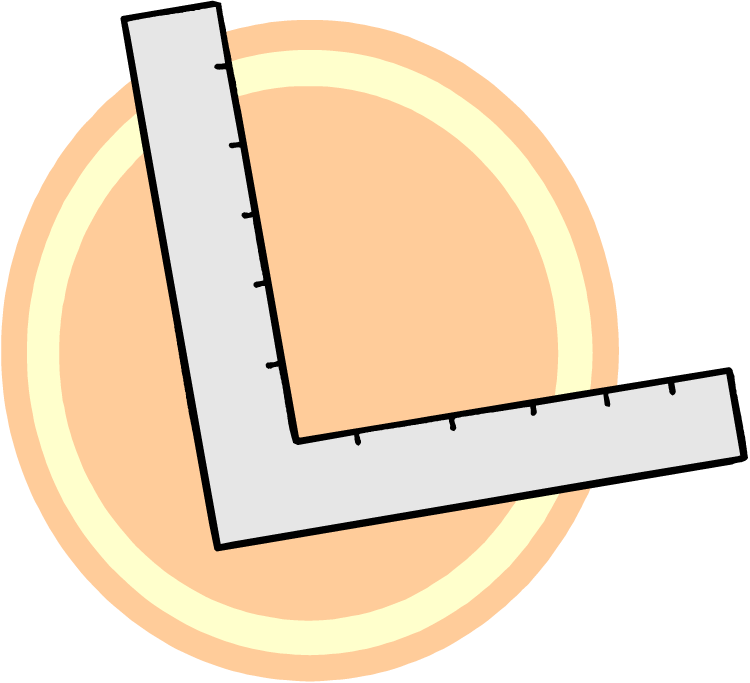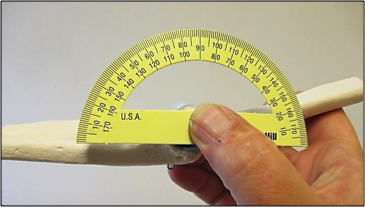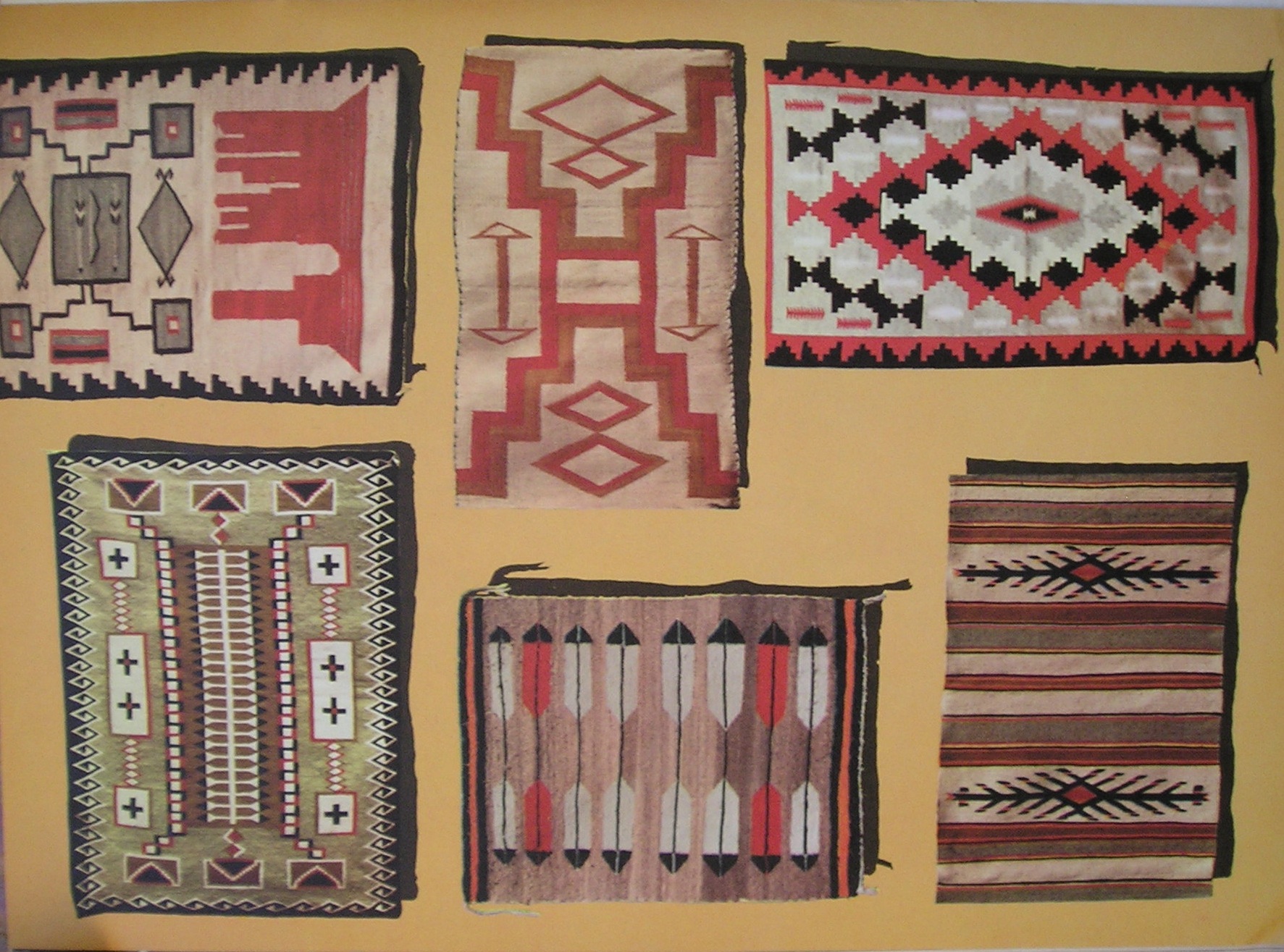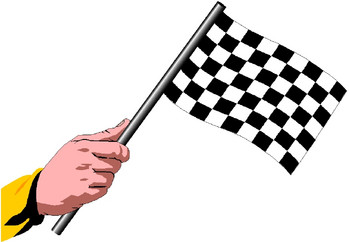Mechanical Station MATH 2.1: Mechnical Systems in Health
What's Your Angle?

- Module Goal: To identify and measure different types of angles.
- Materials Required: Computer with fast Internet connectivity
- Applied Objectives: In completing this unit, you will ..
- Define terms with prefixes and suffixes
- Identify differences in rays, lines, and angles
- Label points and segments along a line
- Label and measure different types of angles
- Measure angles in triangles and four-sided figures
- Use a protractor to measure angles
- Pre-requisite knowledge: 6th-grade reading level and arithmetic skills.
- Applied Terminology: All terminology for this module is covered in the PowerPoint presentation
- Evaluation: Projects submitted in this module will be evaluated by rubrics, quizzes, or completion. A rubric is a table that shows you what you are being graded on. A rubric states exactly what is expected of you at different levels. CLICK HERE to find the rubric for assignments in this module.
Reflect on What You Know
In the Mechanical Station 2.1, you measured the range of motion in the joints. You used a protractor to measure angles between two lines that met at a point.

Angles are everywhere. Look around you; how many angles do you see? Whenever two lines going in different directions meet at the same point, you have an angle.


Do you notice the angles in windows, along the floors and ceiling, on your computer desktop, on your television screen? Angles are everywhere. You don't often have to measure them, but there are many times when you must measure angles.
You have worked with the human body in this health station, but other professionals, like truckers and builders, also measure angles all of the time!
- Make a list of ten angles that you notice around you right now.
- List at least two additional occupations that require workers to measure angles every day.
- Look up images of Navajo rugs on Google. Notice the angles that are woven everywhere in each rug. After you do that, get out your ruler, and draw an image of your own rug, resembling the Navajo rugs you examined. Draw a circle around every angle you created. Submit it to your coach.

Introduction to Angles
BEFORE YOU START – Print the following worksheets. You will fill out the Lesson Answer Sheet as you go through the presentation and are asked to complete practice problems. The second two worksheets are to be completed for the “Review and Practice” at the end of the PowerPoint:
Now open the Mechanical Station MATH 2.1 PowerPoint presentation, Introduction to Angles from the link below. Examine and reflect on the information on each slide and complete the activities. Turn in your handouts to your coach when you are done.
Introduction to Angles PowerPoint Presentation
(Allow time for presentation to download.)
After you have completed the PowerPoint and all three worksheets, print out and complete the quiz:
You can view this lesson’s grading rubric by clicking on the link below:
_____________________
You have completed this station! Congratulations. You are ready for the next one! If you haven't completed both mechanical stations, consider doing that before going into the next system.

Links to Station 2.1 Modules
Lab Intro | Lab Presentation and Practice | Communications Intro| Communications Presentation and Practice| Math